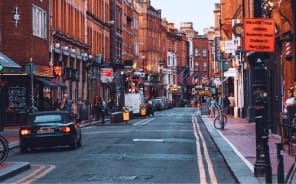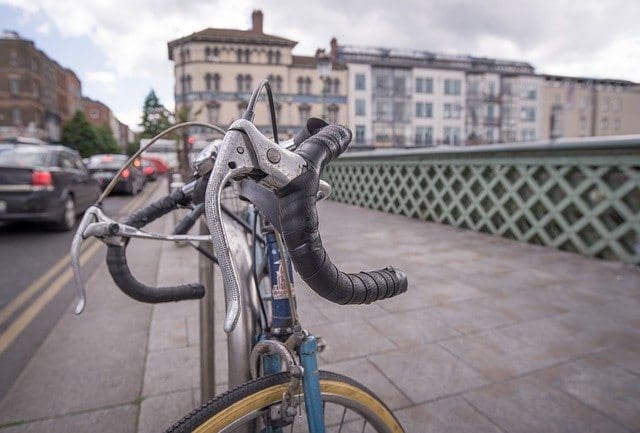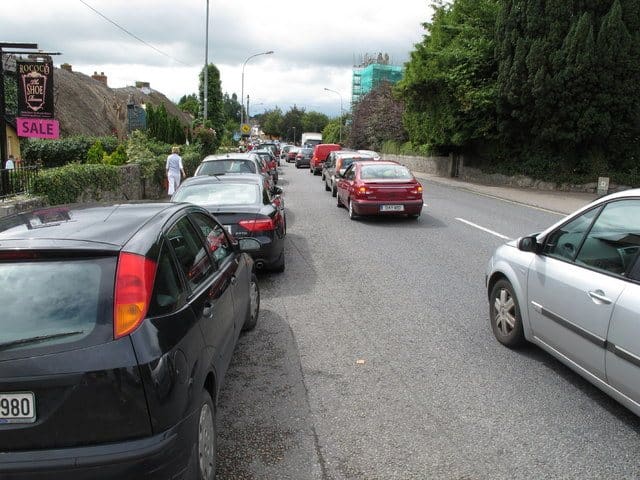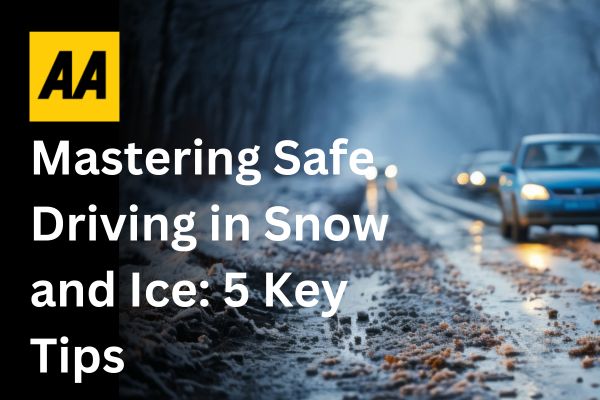If you’re driving or cycling during this time of year, take extra caution and watch out for any new signage that has been put in place. Many towns and cities have changed their road layouts since the start of the pandemic.
Drivers have a duty of care towards vulnerable road-users, and there are important rules to be aware of when sharing the road.
Pedestrians
There are several instances in which pedestrians have the right-of-way, these include when a pedestrian:
- is already crossing a road
- is waiting to cross a road at a zebra crossing
- is at a pelican crossing and the amber light is flashing
Drivers and cyclists should always give way to pedestrians in these situations and, of course, always stop at a set of pedestrian lights that has turned red.
Footpaths are for pedestrian use only. It’s illegal to drive partly or fully onto a footpath unless you’re crossing the path to enter a premises. Only do this when it’s safe.
Vigilance is key to respecting vulnerable road users. Pedestrians can be unpredictable, and may be obstructed from view before attempting to cross the road eg. coming from between two parked vehicles, or having just alighted a bus. By reducing your speed in areas where there are a lot of pedestrians, such as in towns and cities, you allow yourself more time to react to unexpected hazards.
Children’s movements are especially uncertain. Be extra attentive and slow down when driving in areas where children may be present such as near schools and parks, in car-parks and in housing estates. When reversing, smaller children can’t be seen in your mirrors or back window; get out and check behind you if you’re in any way uncertain. Older people and people with disabilities are also more vulnerable than others using the roads, so be patient and give them time to cross safely.
Cyclists and motorcyclists
The Rules of the Road handbook states that drivers must share the road with cyclists and motorcyclists without putting them at risk. The best ways to increase vigilance are to check mirrors and blind-spots, especially in these instances:
- when changing lanes or reversing
- at junctions
- when stopping and turning (especially left)
- when a cycle lane ends and merges with the road
- when opening your door to exit your vehicle
When you’re overtaking cyclists as a driver, you need to allow a safe passing distance – that means leaving at least 1m between you and the cyclist when driving under 50kmph, and 1.5m when driving over that speed. Be especially careful when overtaking groups of cyclists or cyclists riding two-abreast. Don’t overtake a cyclist as you approach a junction if you plan to turn left. Similarly, if you’re crossing traffic to turn right, watch out for cyclists travelling towards you on the opposite side of the road.
‘Dooring’, when a cyclist crashes into the open door of a vehicle, is a common danger for bike-users. Get into the habit of using ‘the Dutch Reach’ when you get out of your car. This safety technique is ingrained in driving practices in The Netherlands and involves the driver opening their door using their far hand (so, in Ireland, their left hand), forcing them to look in their mirror and over their shoulder before exiting. It’s a simple technique, but it saves lives.
Keep in mind too that weather conditions impact cyclists and motorcyclists more than drivers. In strong winds they’re more likely to be blown off course and when roads are wet or icy they’re more susceptible to losing grip on the road. Poor road surfaces can affect handling and they may need to move to avoid potholes on roadsides.
When Can You Cross a Cycle Lane?
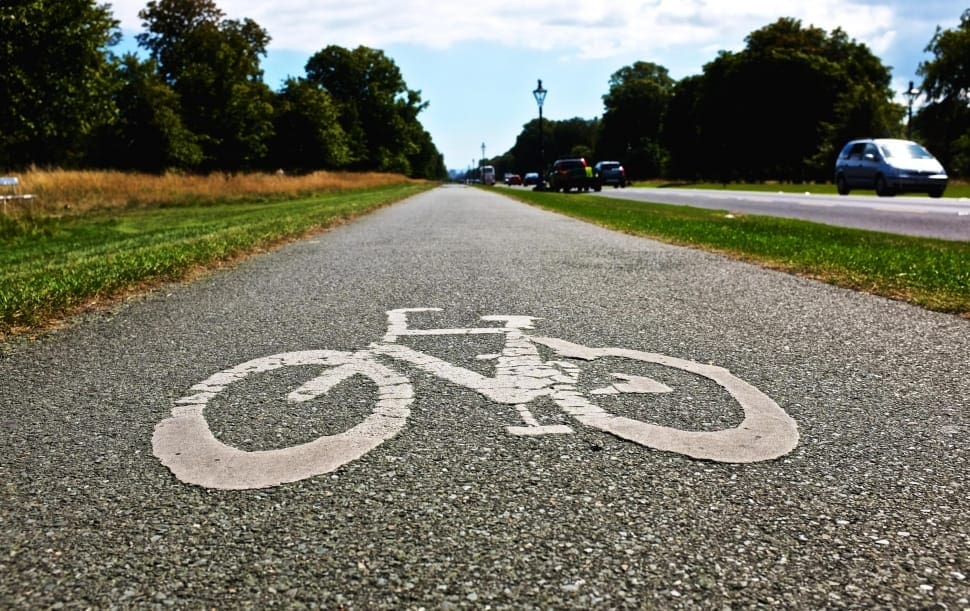
Cycle lanes are reserved for those on bicycles or in motorised wheelchairs and are designed to keep these road users safe from other vehicles. There are two types of bike lanes, each with different rules:
According to the Rules of the Road, a cycle lane separated from the rest of the road by a continuous white line is a mandatory cycle track. It should not be crossed by any other road users – including motorcyclists – unless for access to/from a premises or side road. You cannot park in a mandatory cycle track as it endangers cyclists.
Other bike lanes are distinguished by a broken white line – these are considered non-mandatory cycle tracks. Provided they are not already in use by a cyclist and it’s safe to do so, drivers can temporarily cross the broken white line when necessary. If there is no alternative parking available, drivers of goods vehicles are permitted to briefly park in this kind of cycle track, but only for less than 30 minutes while loading or unloading their vehicle.
Cyclists are endangered when cycle lanes are obstructed in any way, so follow your duty of care as a driver and keep clear of designated cycle tracks.

